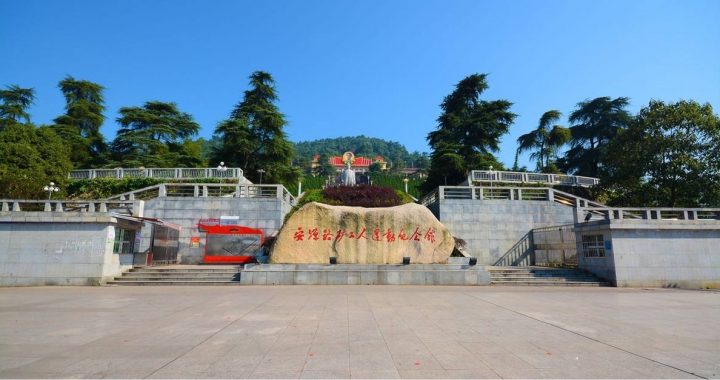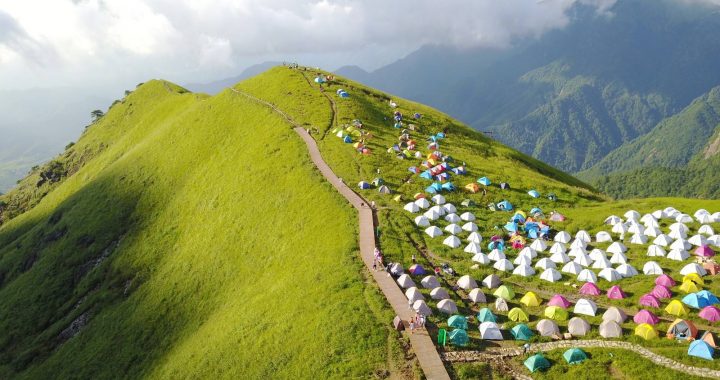Brief Introduction to Pingxiang
3 min readPingxiang is located in western Jiangxi Province along the border with Hunan Province, between 113034and 114016E longitude and 2657and 28°00’N latitude. It has direct jurisdiction over three counties(Luxi, Shangli and Lianhua), two urban districts(Anyuan and Xiangdong), one provincial economic development zone(Anyuan). With the total population of 1.78 million, the city covers an area of 3,827 square kilometers. Pingxiang is a hub for transportation. No.320 State Roadruns from eastto west, parallel to the Zhejiang-Jiangxi Railway. And No.319 State Road connects the north to the south.
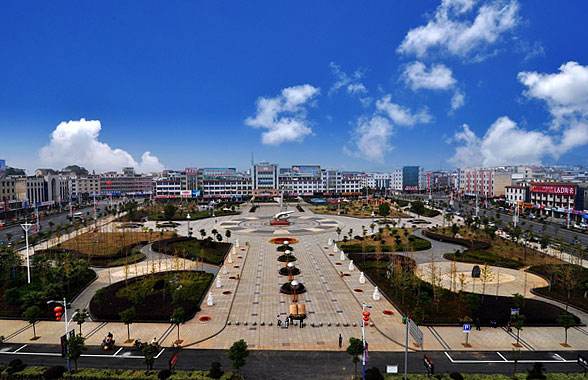
Pingxiang is rich in natural resources, and the mineral resources are varied. As the city’s primary industrial product, the reserves of the coal amount to 0.6 billion tons and its annual output accounts for one fourth of the whole province. Pingxiang has been dubbed”the Coal Capital in the south of the Yangtze River”,a name which everyone in Pingxiang can be proud of. Since 1898 when China’s first modern coal mine was established here, Pingxiang has provided significant quantities of coal for China’s iron and steel industry. On the basis of coal Pingxiang has established an industrial system with coal mining, metallurgy, electric power, machinery, building materials, chemicals, electrical appliances, textile, plastic and firecrackers as its backbone.
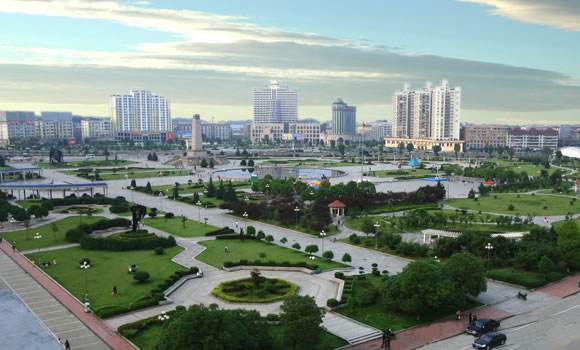
Pingxiang is the holy land of China’s revolution. In 1906 the Federation Union headed by Sun Zhongshan staged Ping Liu Li(Pingxiang Liuyang Liling) Uprising and set its headquarters in Pingxiang. Chairman Mao came to inspect Pingxiang in November 1920; two years later he successively sent Li Lisan, Liu Shaoqi and other comrades to Pingxiang to launch workers’ movements; in September of the same year he led the country-shaking Anyuan Miner Strike. In 1927 Chairman Mao organizedAutumn Harvest Uprising in Anyuan; afterwards he commanded that the army march into Mount Jinggang, which set a solid foundation for the victory of China’s revolution. Anyuan Miners’ Club, Zhangjiawan Military Conference Site, Anyuan Coal Mine Gangway have been listed into Cultural Relics under State Protection.
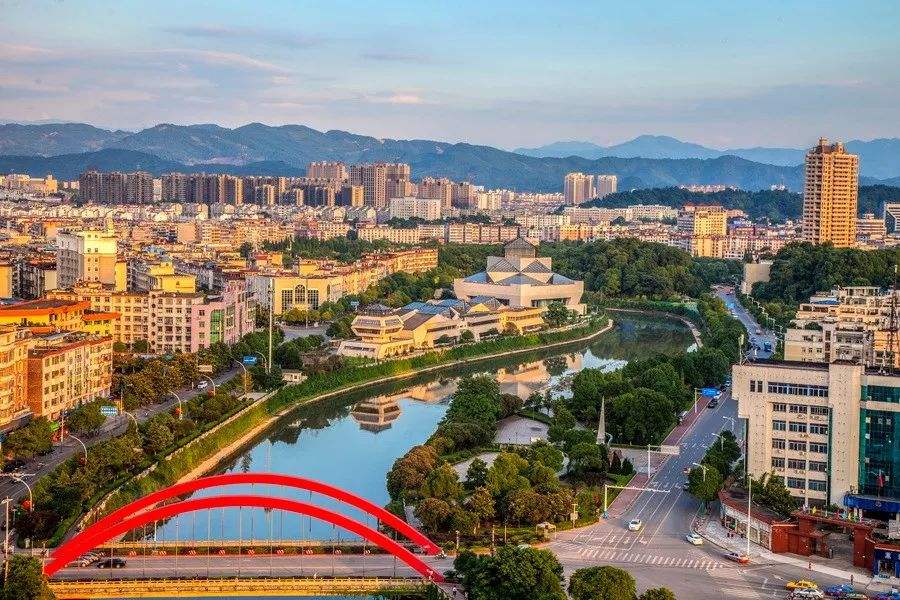
Anyuan Miner Movement Memorial Museum autographed by Deng Xiaoping is situated near Anyuan Coal Mine,and Autumn Harvest Uprising Monument by Jiang Zemin stands on Autumn Harvest Uprising Square.
Pingxiang boasts its abounding tourism resources and its beautiful scenery.
Mount Wugong,one of the three renowned mountains in the south of the Yangtze River,has magnificent view,and its mountain meadow is more fascinating.Yangqi Hill,the famous Buddhism scenic spot,is the birthplace of Yangqi sect,one of “seven schools five sects”of China’s Buddhism.“Underground Art Gallery”—Nielong Cave(Evil Dragon Cave)has the reputation of being”the No.1 cave underthe heaven”.Other notable sites include Confucian Temple,Baoji Temple,Henglong Cave and so on.
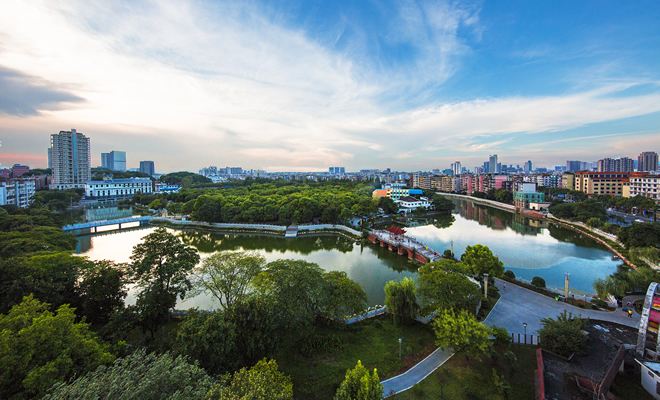
In recent years,Pingxiang makes tourism the main industry to boost the economic and social development,and targets building itself into a cultural tourist resort and Top Tourist City of China.The city is trying to complete the tourist facilities and up to now there have been 21 travel agencies and 11 star-rated hotels including 2 four-star,3 three-star and 6 two-star.
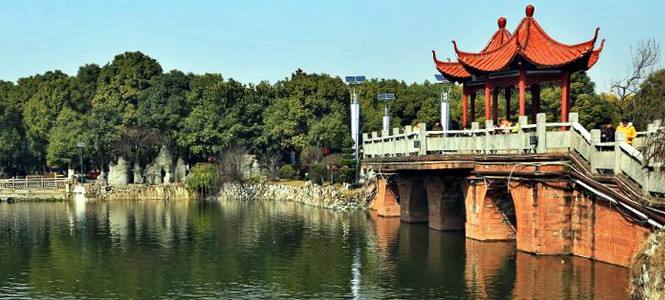
Beautiful Pingxiang and its warm-hearted people eagerly await your early arrival.

